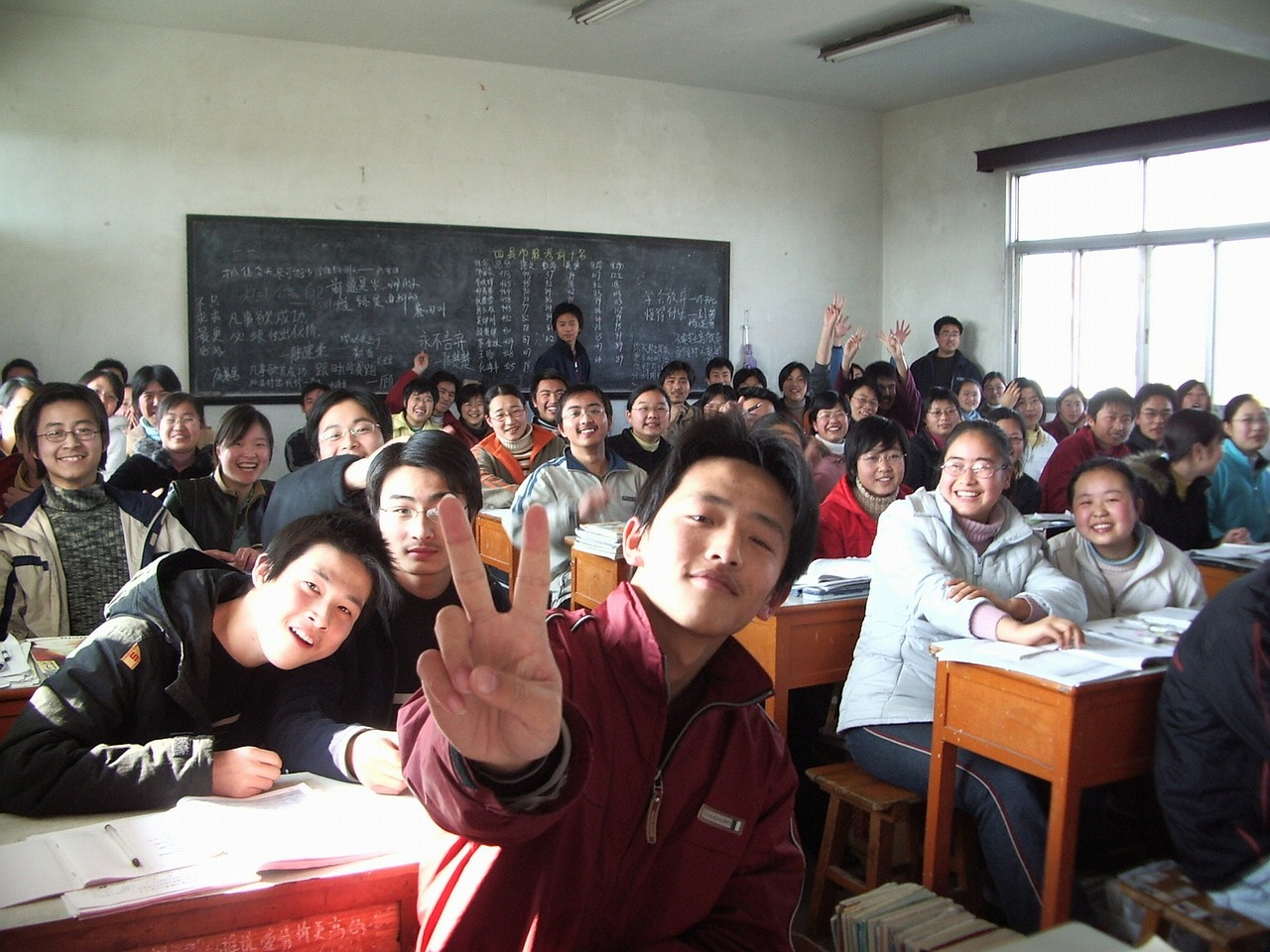Nowadays, we can see more and more headlines reporting out-of-control student violence happening in our educational centres and schools. And yet so little is being done to protect the bystanding victims of this crisis: the teachers and other school workers. Professors, teachers, school bus drivers, administrators, cafeteria workers, coaches and other school workers are at risk.
We need new tools to help educators and teachers win back the job they were actually hired to do, namely: teach and educate young students and get them ready to succeed throughout a career and their life’s journey.
A crisis is being underreported when it comes to safety in schools. Teachers and school staff members are at times assaulted by students in school environments and classrooms. Official regulations are in place to safeguard the safety and privacy of our students, but the policies concerning the protection of teachers and educators are failing.
Whenever a student of any age attempts to commit a violent act, creates the threat of violence, or even puts teachers in a position of feeling reasonable fear of violence, then it should be determined to be an assault. Violence is defined as purposely using force on another human being, or deliberately attempting to poison or harm another person. This is how violence is defined for criminal purposes, however for civil purposes it could be any kind of physical contact without consent.

While school safety programs do exist, most of the programs that are centred around violence prevention are focused on safeguarding student safety, and not the safety of teachers and professors. It is about time we start addressing the issue.
What do we actually know when it comes to violence against teachers?
- Around ten per cent of teachers and educators in developed countries were threatened in the past school year
- About six per cent of teachers and educators were physically assaulted last year
- More than twelve per cent of teachers and educators have been traumatised by verbal threats or physical assaults in the past year
- About twenty per cent of teachers and educators being victimised by verbal threats and physical assaults that they didn’t report to school administration or authorities
- About fifteen per cent of school teachers and educators feel so humiliated by the assaults that they do not share it with their colleagues or managers
- About twenty-five per cent of teachers and educators keep information regarding assaults from their own friends and family members.
Safety protocols and surveillance
Schools have traditionally attempted to keep information about school violence out of the news, as it obviously has an important impact on new student registrations. They logically want to keep up the current student count so that they can maintain the level of funding that they need to run their daily processes and services. When educational centres experience violence on a large scale, it frequently leads to reduced attendance as parents tend to move their kids out of school to a new centre.

Today, in light of the ever-increasing reports of student assaults on professors, the education systems have no choice but to start responding immediately. The focus needs to be on school-wide safety protocols that will protect both the students and teachers from any form of violence, so that we can eventually guarantee student and teacher safety in our educational centres. A number of schools have decided to install CCTV video surveillance in certain areas and classrooms as an extra monitoring source, in order to help curb the onset of violence. Students, being aware that their actions are being recorded as evidence, will think twice before reacting.
Improving teacher’s experience
Every teacher’s experience in schools should be a positive one. Here are some recommendations to help keep teachers (as well as students) safe in schools:
- Familiarise yourself with the school policies and make sure you stick to it.
- Under normal circumstances try to not have any physical contact with students (something as simple as a hand on the shoulder could be misconstrued by some children).
- When managing and dealing with student behaviour, try to deal with the behaviour as the main issue, never the student.
- If an incident does take place in the school grounds, you should first write some notes of the incident for your reference to help you remember exactly what happened. Then report the incident to the administrator of the school.
- If you need to go online and use the Internet during your work time at the school, make sure you are aware and you follow the school policy about online usage.


